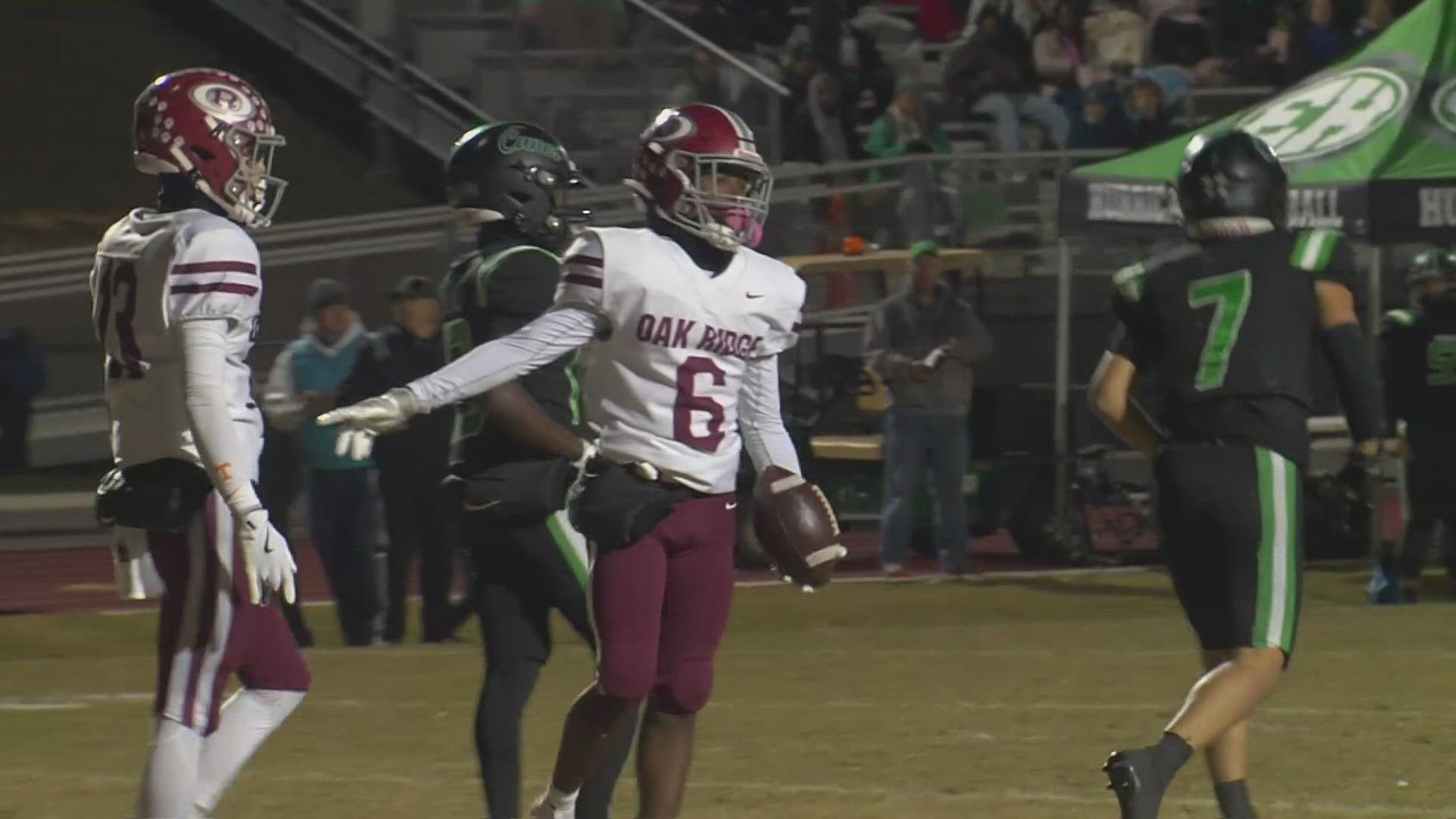For some consumers, the cheer of the holiday season soon will be replaced with dread over debt.
Holiday shoppers in 2016 took on an average of $1,003 worth of debt, up from $986 in 2015, and 11 percent said they would only be making the minimum payments, which can extend the payoff date by years.
“Consumer debt is at the highest of all time,” says Howard Dvorkin, CPA and chairman of Debt.com.
Total household debt rose to a record $12.96 trillion for the third quarter of this year, according to data released in November by the Federal Reserve Bank of New York. Credit card debt, for example, rose by 3.1 percent, to $808 billion.
Dvorkin expects that this holiday season will be expensive as consumers make more online purchases with credit cards and because of overall optimism about the economy.
Retail holiday sales were expected to grow to $1.04 trillion-$1.05 trillion in 2017, according to Deloitte’s annual holiday retail forecast. Deloitte also projects that e-commerce sales during the holiday season will grow to $111 billion-$114 billion, an 18-21 percent increase from the 2016 holiday season, and 55 percent of survey respondents planned to shop online for gifts.
“When people feel really good about things, they tend to spend more,” Dvorkin says.
Bruce McClary, vice president of communications at the National Foundation for Credit Counseling, says people have a tendency to overspend during the holidays, relying heavily on credit cards and not paying off the debt until later, sometimes even years later.
McClary has also noticed that credit card delinquencies have been increasing slightly over the last two quarters. The Federal Reserve Bank notes in its report that “credit card balances increased and flows into delinquency have increased over the past year.”
While most Americans are aware and ready to spend a little extra during the holiday season, you can make it a little more merry by avoiding these common debt traps.
Keeping up with the Joneses
Holiday purchasing pressure ranges from buying the hottest toys to giving (or buying for yourself) the latest tech gadget or the biggest TV on the block. People are tempted to get the latest and greatest, Dvorkin says.
The average consumer spent roughly $967 on holiday shopping in 2016, up 3.4 percent from 2015, according to the National Retail Federation. Deloitte forecasts that the average consumer in 2017 will spend an average of $1,226, or nearly $2,226 among households earning $100,000 or more.
It all adds up, especially if you’re out to outdo a neighbor: The tree and all the trimmings; hostess gifts for parties; food for your own holiday meals and entertaining; your Clark Griswold-style light shows. Randy Williams, president of A Debt Coach, a counseling service in Kentucky, says the desire for personal reward can contribute to holiday debt.
“You feel good when you do something for somebody,” he says.
But then consumers may have the motto “One for you, one for me,” and purchase an item for themselves, which continues the spending cycle.
Hot holiday toy crazes
Unfurling your child's Christmas wish list can be at once fun and terrifying. Parents planned to spend, on average, $495 per child, according to 2016 holiday shopping data from the Rubicon Project.
Lists could include hot holiday toys for 2017 like the $30-$45 Fingerlings (the little plastic monkeys that attach to fingers and move in response to sounds and touch) a $300 Nintendo Switch gaming console or even the $799 Lego Ultimate Collectors Series Millennium Falcon, the company’s biggest set with 7,541 pieces.
When the toys start to run out, the prices can escalate. The Fingerlings, for example, typically retail at $14.99, but some were listed in November for twice as much on eBay. Since it can be harder for parents to say “no” to the frenzy when it’s a gift that’s going to bring a smile to a little one’s face, Williams says there’s extra incentive to plan well.
Store credit card pitches
McClary warns not to get into store credit card offers. The instant savings of 10 percent off on the day of your purchase could come with a high cost, such as 29.99 percent APR later.
“People should resist the temptation,” he says.
Williams says there’s a reason for the incentives, such as a discount on your purchase, because the company will make back whatever you initially saved.
“Most people do not pay off their cards within the intro offer time,” he says.
Instead, set aside cash for holiday spending and use it, instead of credit. If you’re sure you can “affordably borrow,” Williams suggests using an existing line of credit instead of falling for the attractive offers from retailers.
“Special” offers
Deals seem to abound when shopping online or in stores, but if you aren’t careful, some can land you in more trouble than no deal at all.
McClary advises to avoid promotions like deferred interest cards and convenience checks. Discounts during the holidays are usually found during other times of the year, too, when the budget is less tight.
“It’s to the advantage of the consumer to be looking at sales during the year and look for opportunities to get the most out of their money,” he says.
Trying to keep family traditions alive
Wanting to continue your grandparents’ or parents’ traditions may be sentimental but also pricey in today’s economy. Maybe they held extravagant dinner parties, paid for holiday trips and gave their children a certain number of gifts every year. You want to follow suit, but can’t afford it.
“(I’m a) firm believer that what gets us in trouble in the holidays is wanting to do what Mom and Dad did,” Williams says. “Things are more expensive now.”
Shopping with family members post-Thanksgiving, on Black Friday, although a tradition, also may be a temptation because of impulse buys or if family members don’t hold you accountable to sticking to a budget.
“It’s tradition but it’s also a day people can’t afford,” Williams says.
Hosting hordes of holiday visitors
While milk and cookies are left out for Santa, entertaining guests, from neighbors and co-workers to out-of-town family and friends, can increase your food and utilities spending in December.
According to a holiday retail survey by Deloitte, 24 percent of people plan to attend and/or host more parties and events during the holidays.
“You spend money in all sorts of ways,” Dvorkin says.
Indulgent spending
“Where the problem is, we don’t plan for Christmas, we just do Christmas,” says Williams. He says that means sometimes consumers plan, mentally, to go into debt.
He advises to plan ahead for the next season, adding that he knows people who start checking items off their list in February during sales, or in June or July when fewer people are buying and prices are lower.
The NRF predicts holiday sales, including gifts and food and beverage items, to reach nearly $682 billion, up from $655.8 billion in 2016. Without careful spending, a large amount of that could be a debt burden on consumers until the next season comes around.
“You don’t want this to be a compounding problem that continues to grow each year,” McClary says.
MagnifyMoney is a price comparison and financial education website, founded by former bankers who use their knowledge of how the system works to help you save money.


